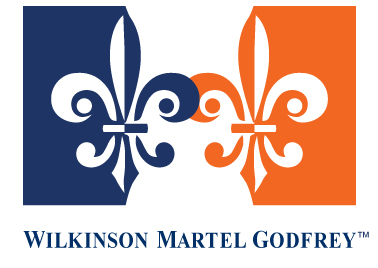
Human Capital Change Management: An Essential Pillar of Business Transformation
Human Capital Change Management (HCCM) remains at the heart of effective business transformations. At the center of any organizational shift – be it a merger, an acquisition, or a strategic repositioning – are people. The management of human capital, therefore, emerges as a pivotal tool for the success of these transitions.
Driving Large-scale Change and HR Transformation
In our fast-paced, constantly evolving corporate world, businesses are required to adapt quickly. This often calls for large-scale changes or a complete overhaul of business models. A strategic HR leader can play an instrumental role in such scenarios, acting as an experienced change strategist with a focus on execution and delivery. Their expertise can make the difference between a smooth transition and a rocky one.
Capabilities: More than just Restructuring
Apart from being equipped to handle mergers and acquisitions, a seasoned HR leader has the ability to
- Advise on business restructurings.
- Guide complex global and regional business alignments.
- Seamlessly handle divestitures and disposals.
Mizuho Capital Markets Corporation: A Case in Point
Mizuho’s recent major restructurings offer a prime example of effective human capital change management. As a member of the regional task force, the HR team played a pivotal role in:
1. Merging the $2.5+ billion Capital Markets into a functional matrix platform, enhancing brand strength, regulatory compliance, capital efficiency, and regional integration.
2. Implementing the regionalization strategy in the UK and Hong Kong.
3. Repositioning Swaps and Derivatives business in the US.
Other Noteworthy Contributions
- HSBC: Leading HR implementation in HSBC’s Global Private Bank and directing HR projects for business units worth billions showcases the crucial role of HR in large financial institutions.
- Dresdner Kleinwort Benson: HR was at the helm of due diligence during acquisitions and post-acquisition integrations, orchestrating the merging of multiple units and businesses.
- PaineWebber Group and Lehman Brothers: Showcased exemplary management during acquisitions, spin-offs, and integrations.
- The Coca-Cola Company: From integrating acquired entities like Columbia Pictures into their fold to restructuring various other business units, HR leadership was instrumental.
- McKinsey & Co.: Strategic consultancy for compensation elements during major acquisitions and post-acquisition studies points to the role of HR beyond just recruitment and training.
In all the above-mentioned major restructurings, the ability to handle large-scale change and HR transformations was paramount. It’s evident that the role of HR is evolving from being a mere support function to being central to major business decisions and transitions.
In Conclusion
The myriad of challenges that businesses face in the current corporate climate necessitates the involvement of a robust and strategic HR leader. Their capability to drive change, paired with their keen understanding of human capital dynamics, makes them indispensable to business transformations. The success stories of major corporations underscore the pivotal role of Human Capital Change Management in shaping the future trajectory of businesses.
